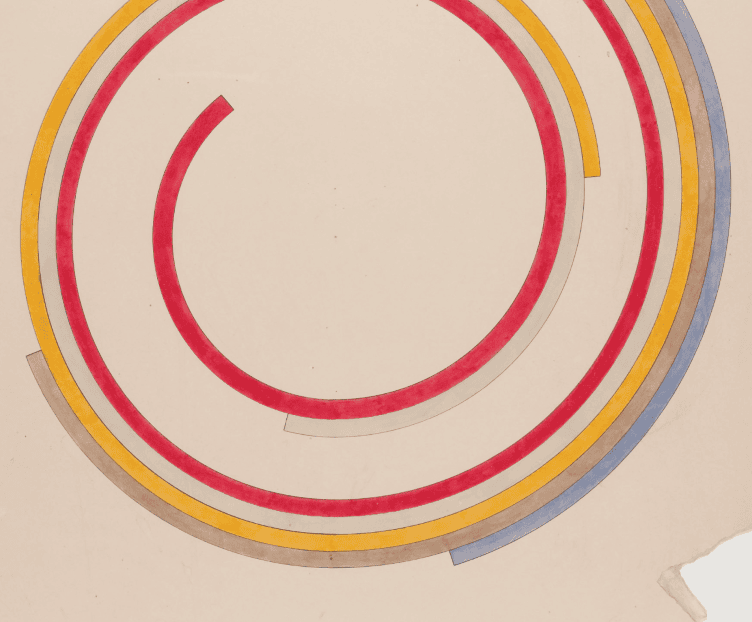From Public History, Public Historians, and the American Historical Association (2004)
Part II of this report discusses each charge to the task force sequentially. Recommendations follow discussion of each charge, in roughly the following order:
- relatively simple changes that can be accomplished—in some cases are already underway—within existing AHA programs and activities
- more complex projects that will require additional resources and further thought, but nonetheless fall within the general range of current AHA activities
- new initiatives that will require further thought, fundraising, and additional resources
Each recommendation also identifies the appropriate body within the AHA to which it can be referred for further consideration and implementation. Part III will summarize key recommendations, outline the next steps for advancing a public history agenda within the AHA, and consider how to institutionalize public history within the Association.
As a lead in to what follows, we note here that our recommendations fall into several key areas:
- advocacy for greater attention to public history in undergraduate and graduate training; for including public history activities in the evaluation of faculty; and for hiring trained historians to do historical work
- changes in the annual meeting to more fully integrate public history/public historians
- greater attention to public history employment issues
- expansion of member services to public historians
- creation of professional development opportunities that bring academic and public historians together to mutual advantage
- enhanced advocacy for history at the state level
- development of ways to enhance public understanding of history, especially through the media
- revision of professional standards and practices to take account of public history
- enhanced relationships and collaborations with public history organizations
Throughout our deliberations, we have enjoyed the collegial support and sound counsel of the Professional Division, especially Vice President William Cronon; and Arnita Jones, Executive Director. We are particularly indebted to Debbie Ann Doyle, who has guided the work of this report from the outset with unflagging care, good sense, and hard work.


